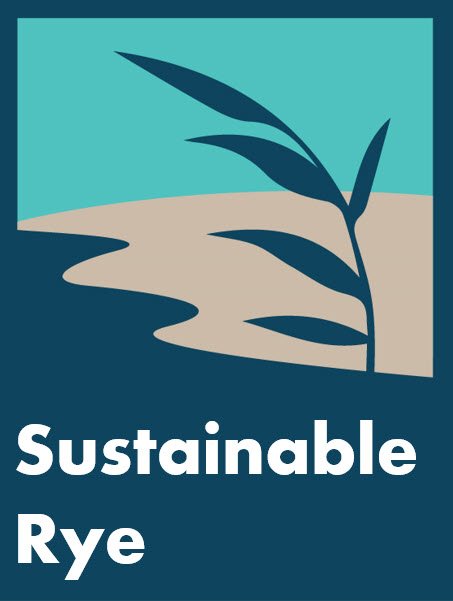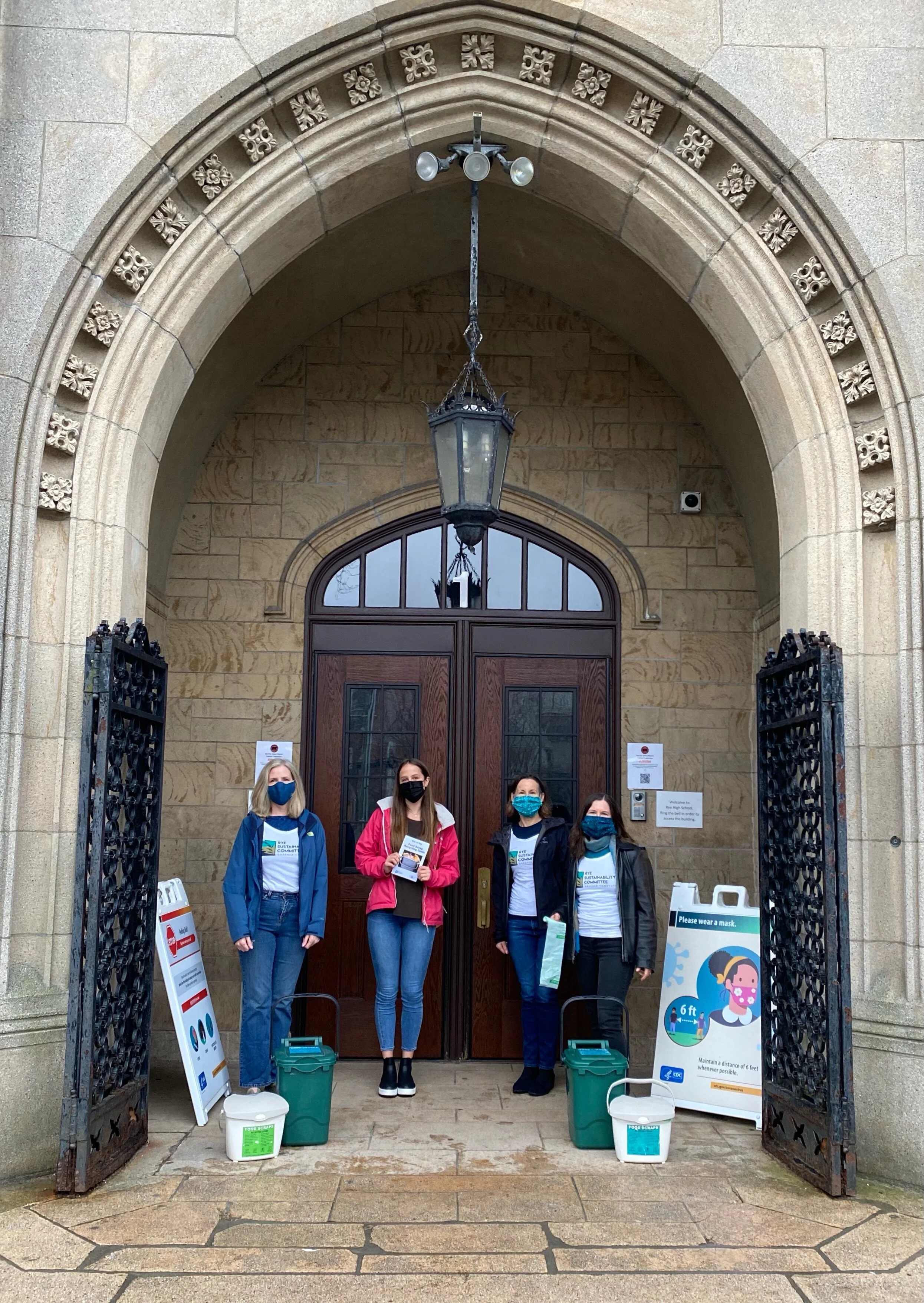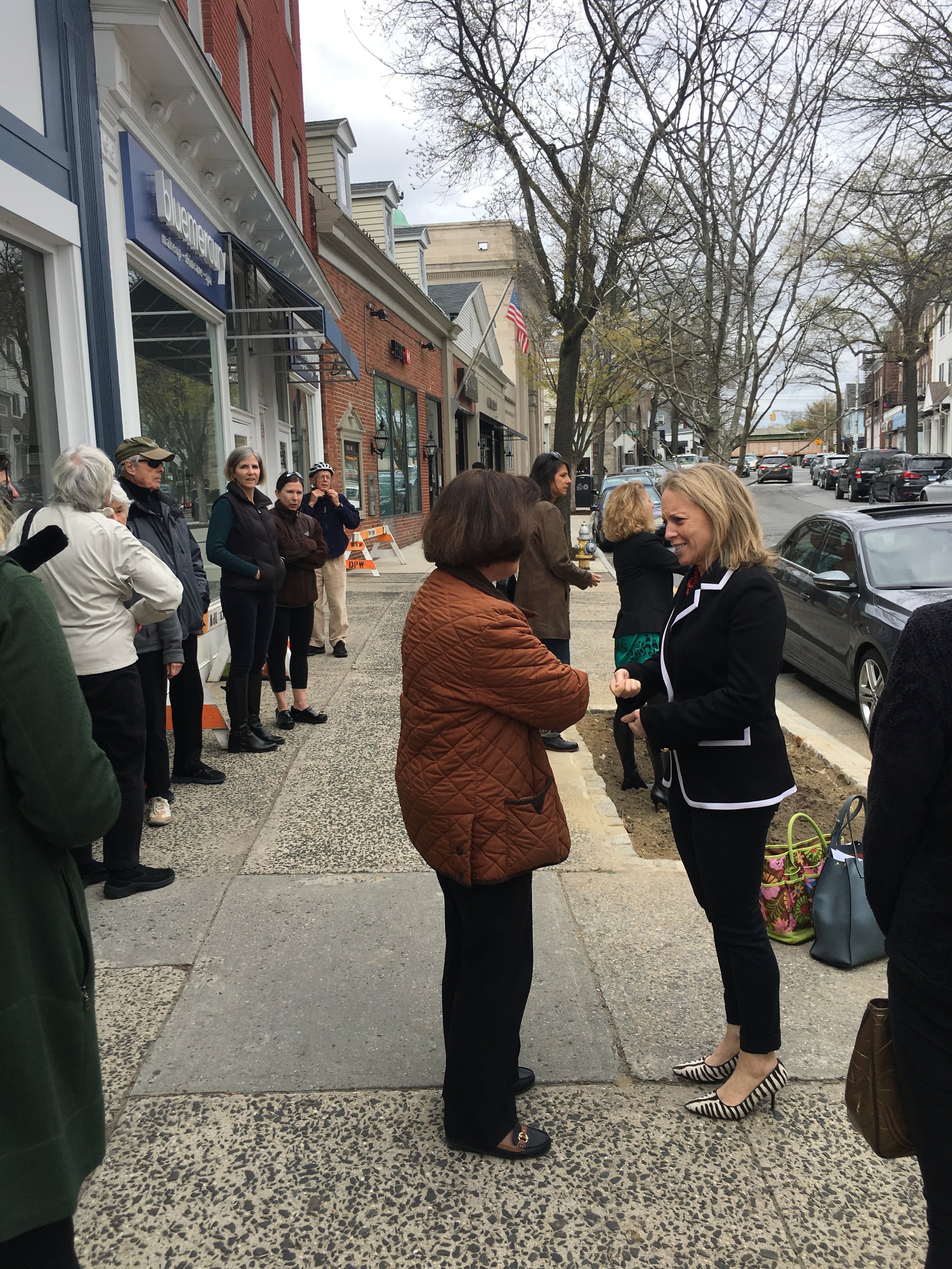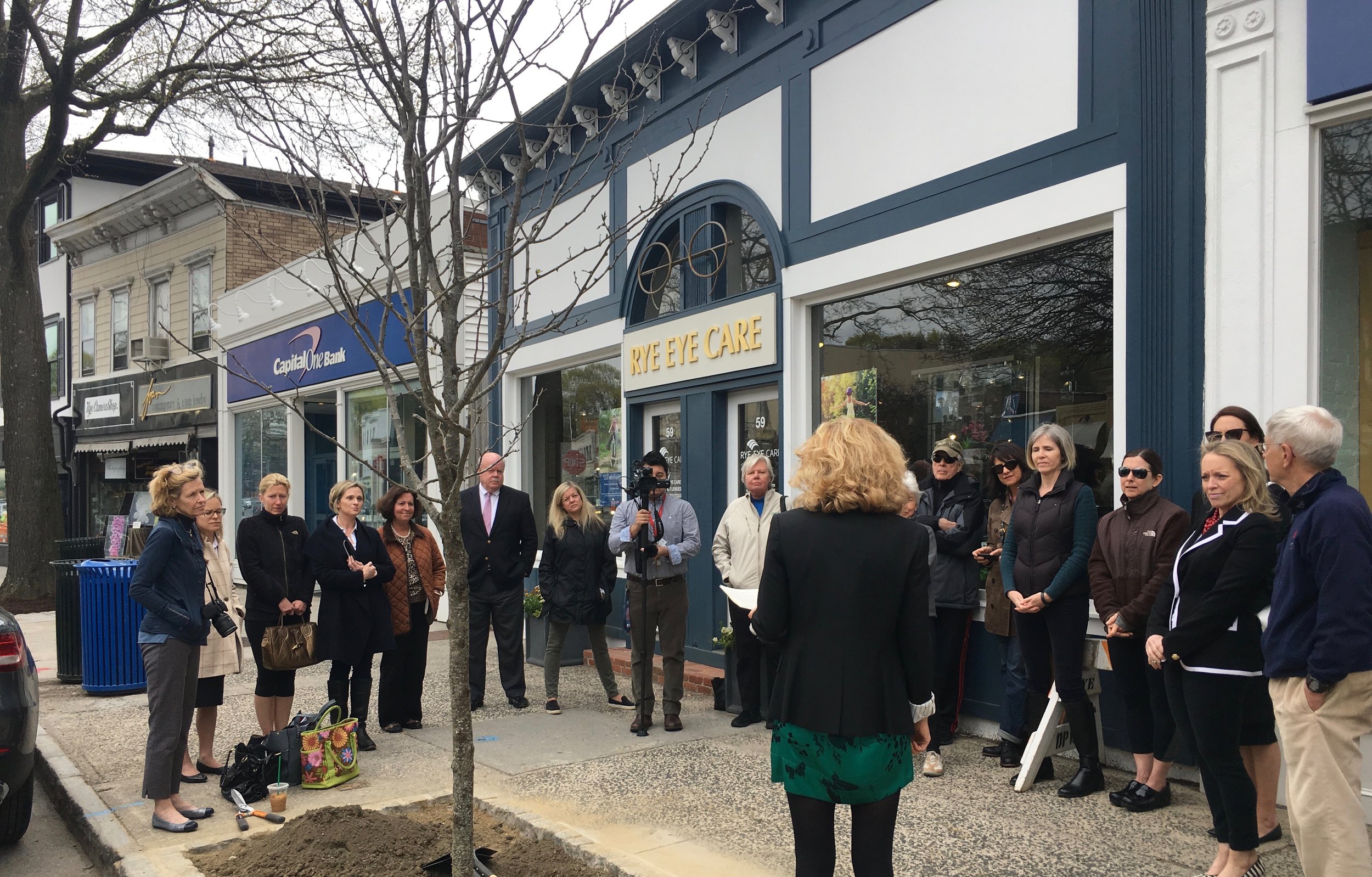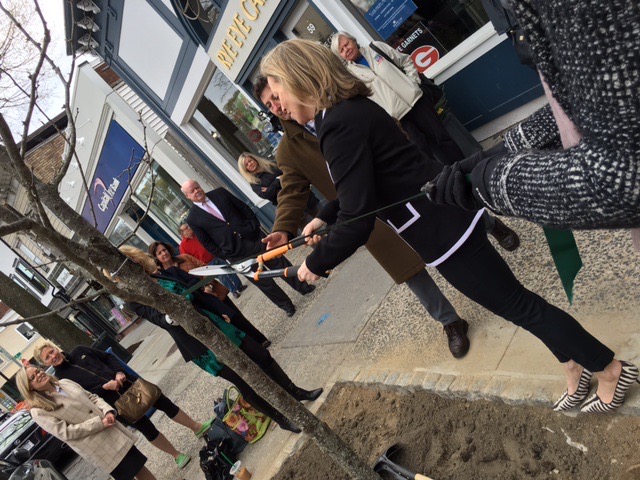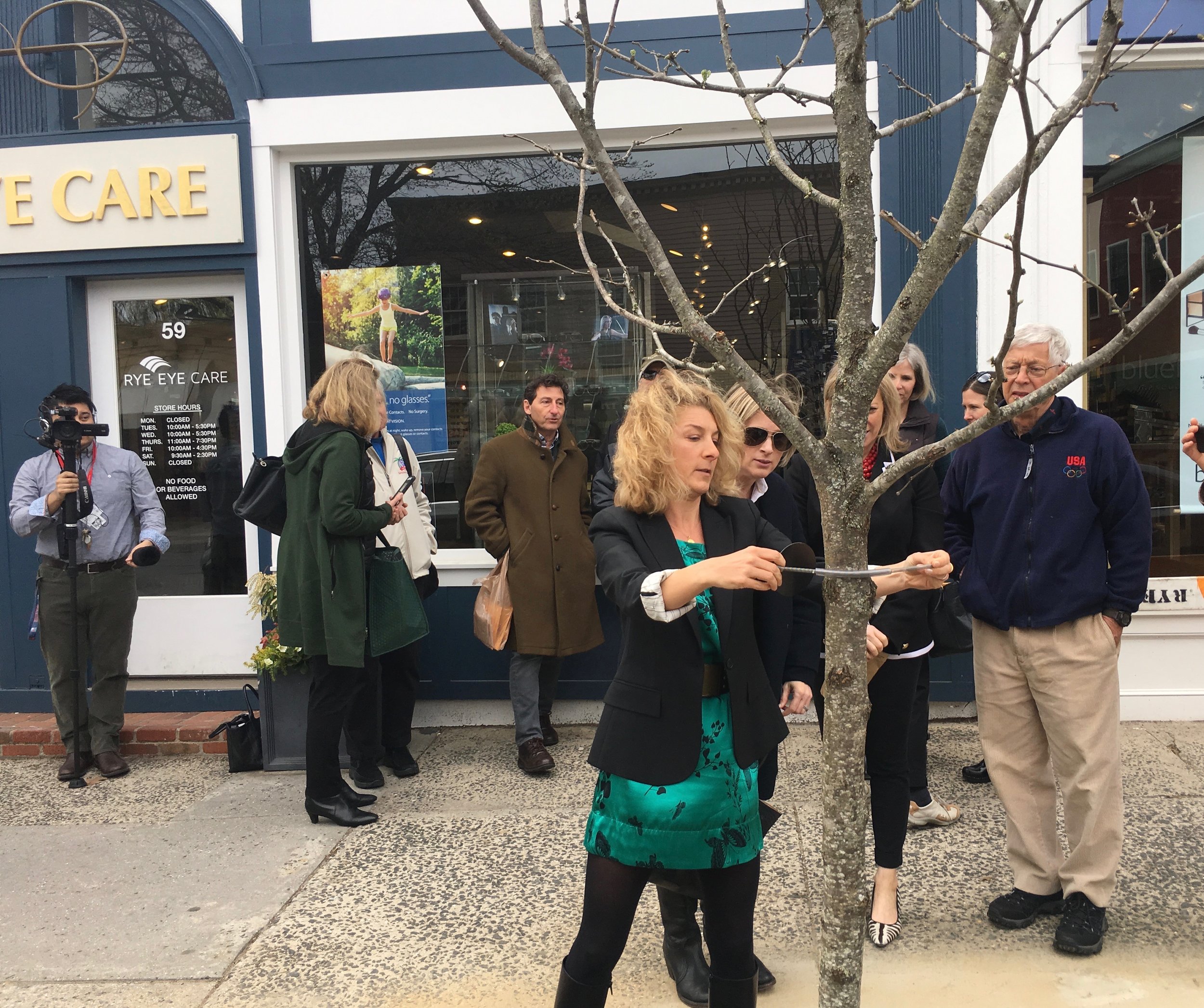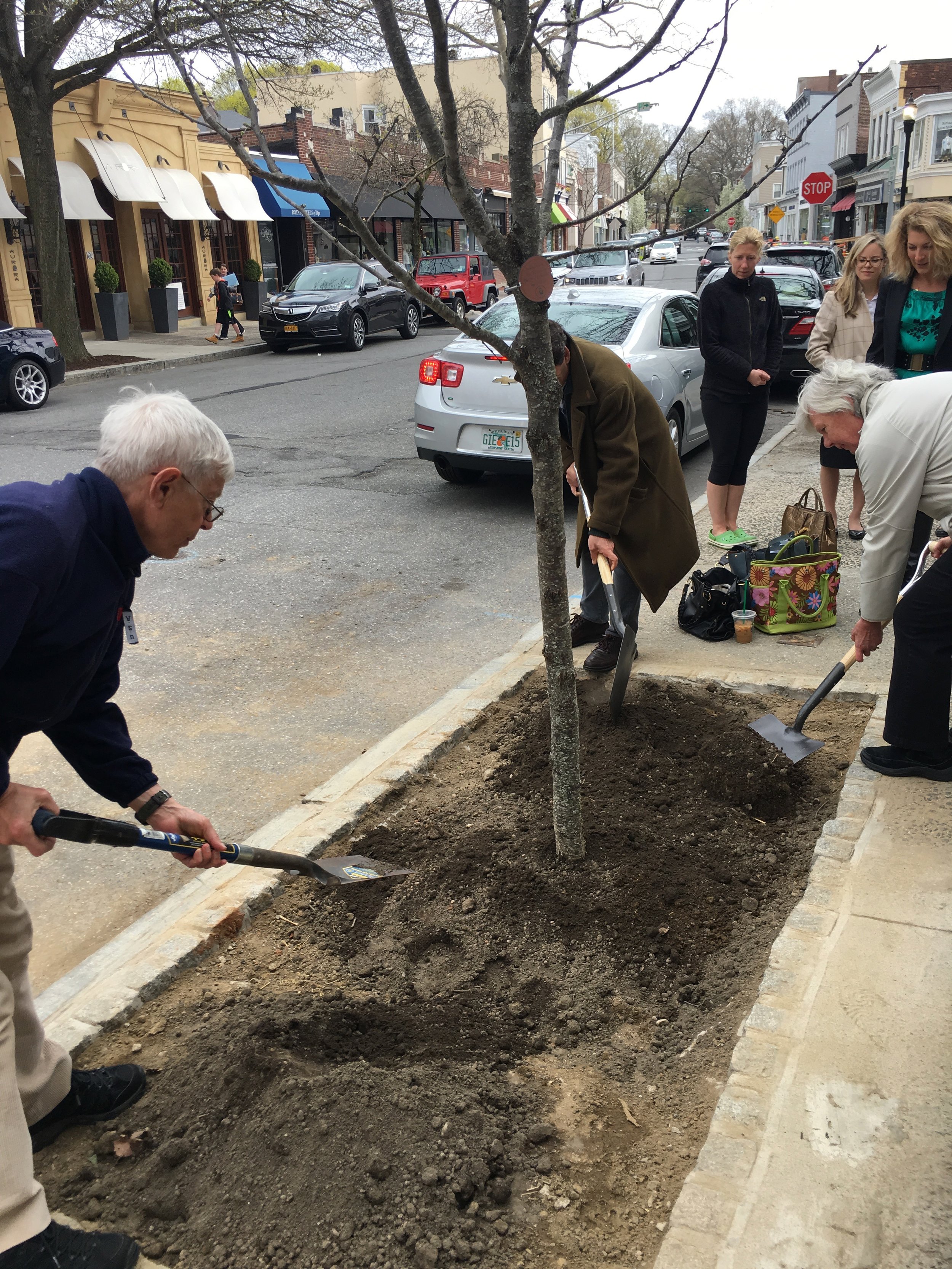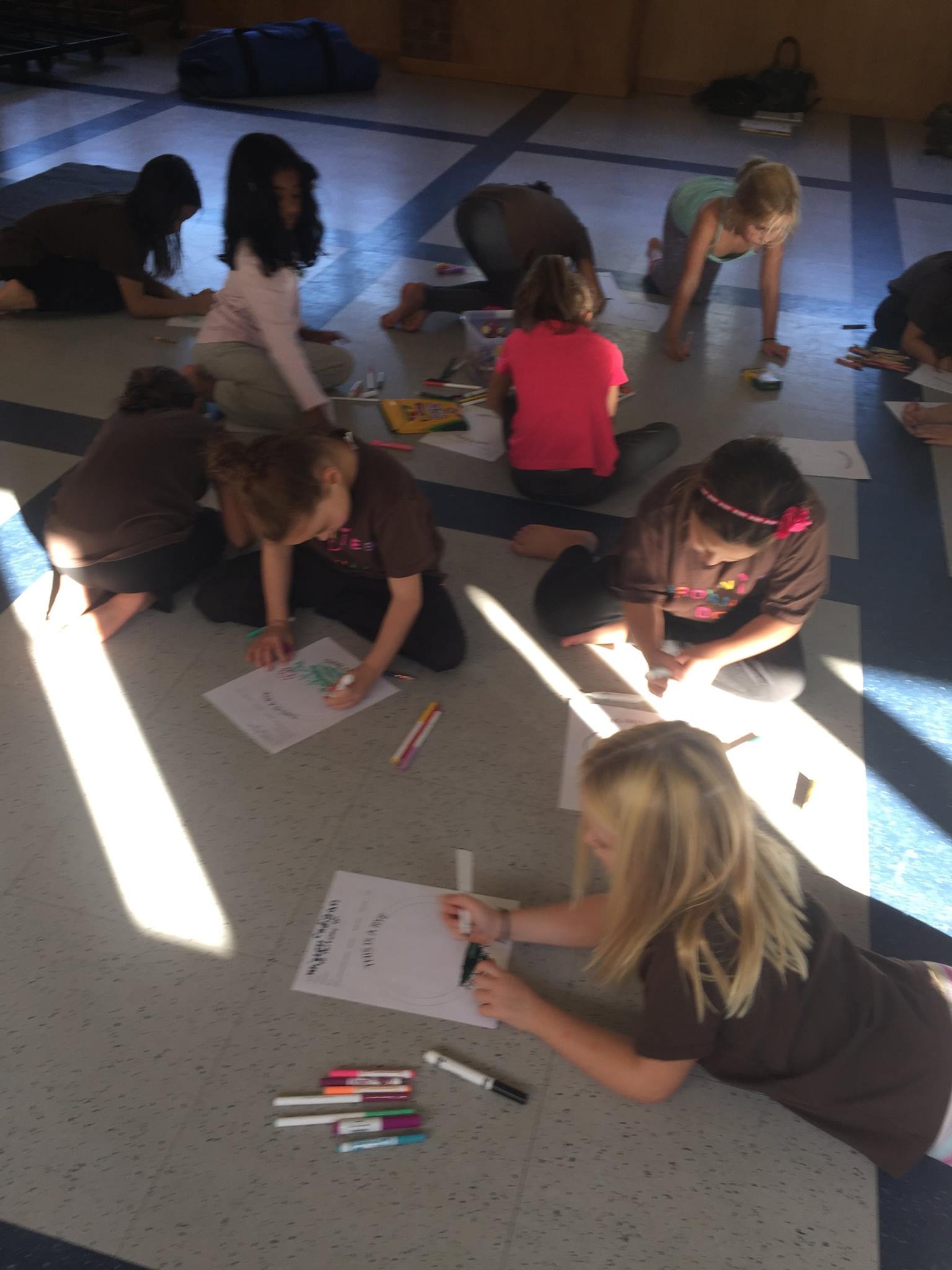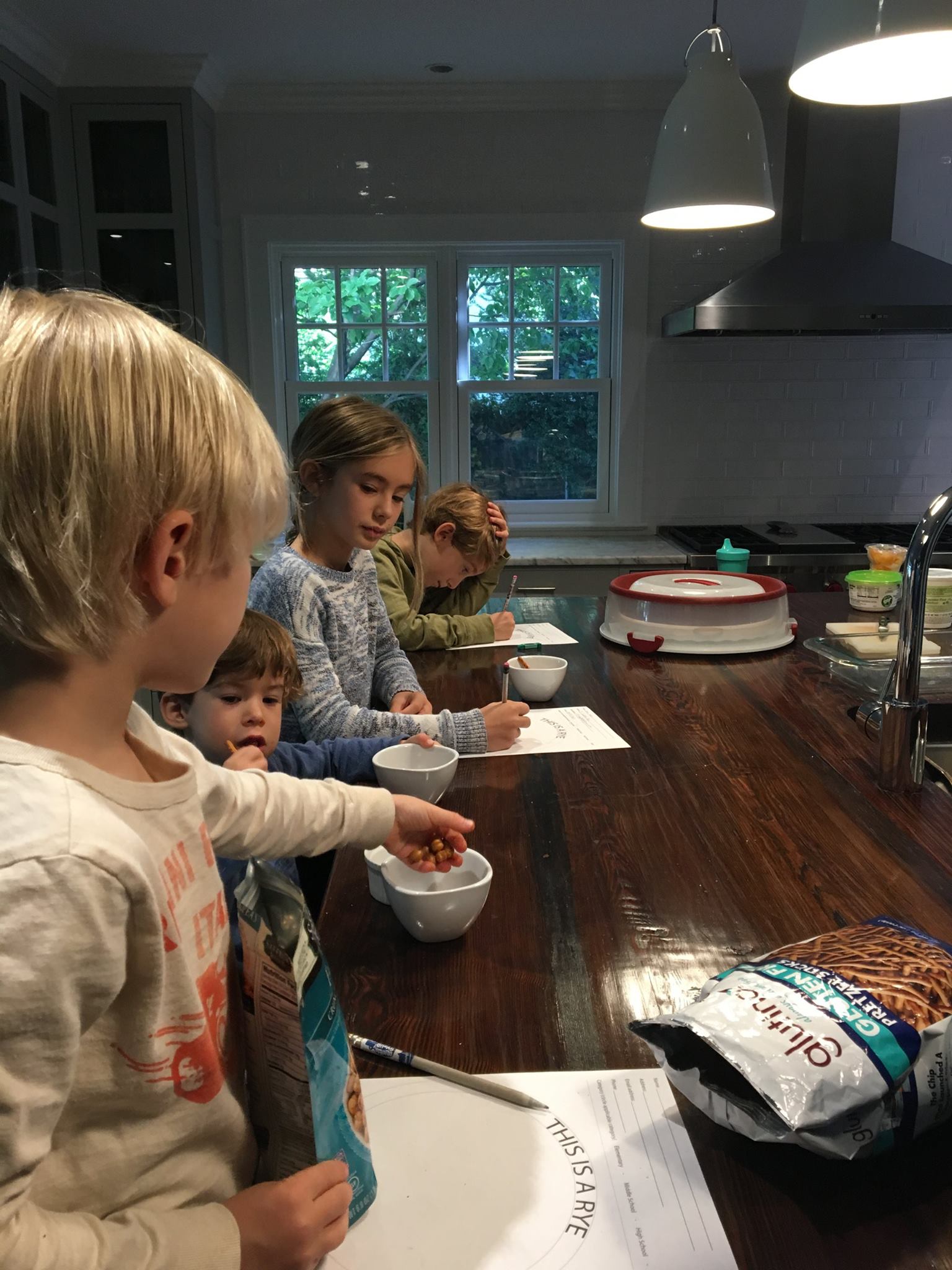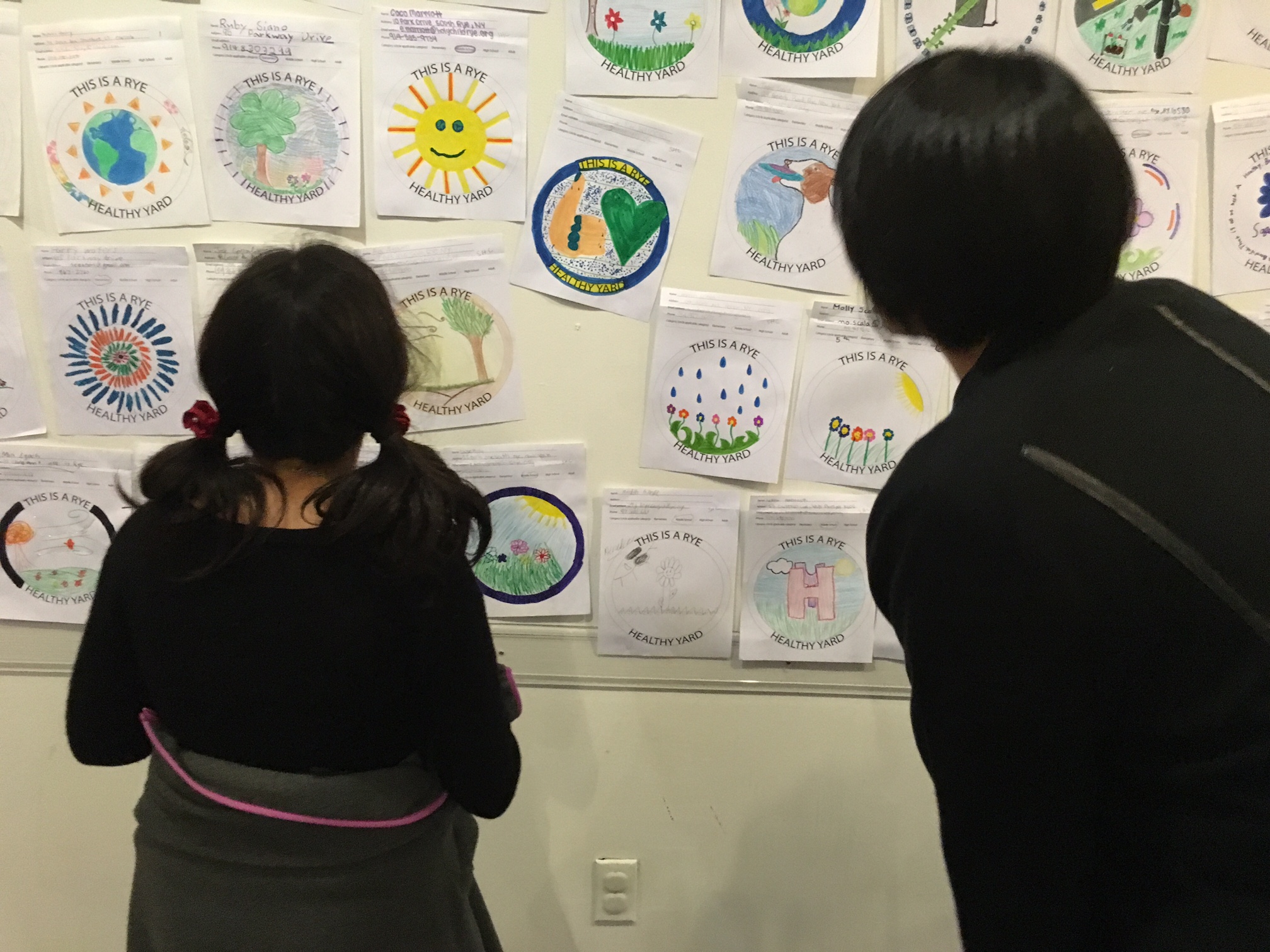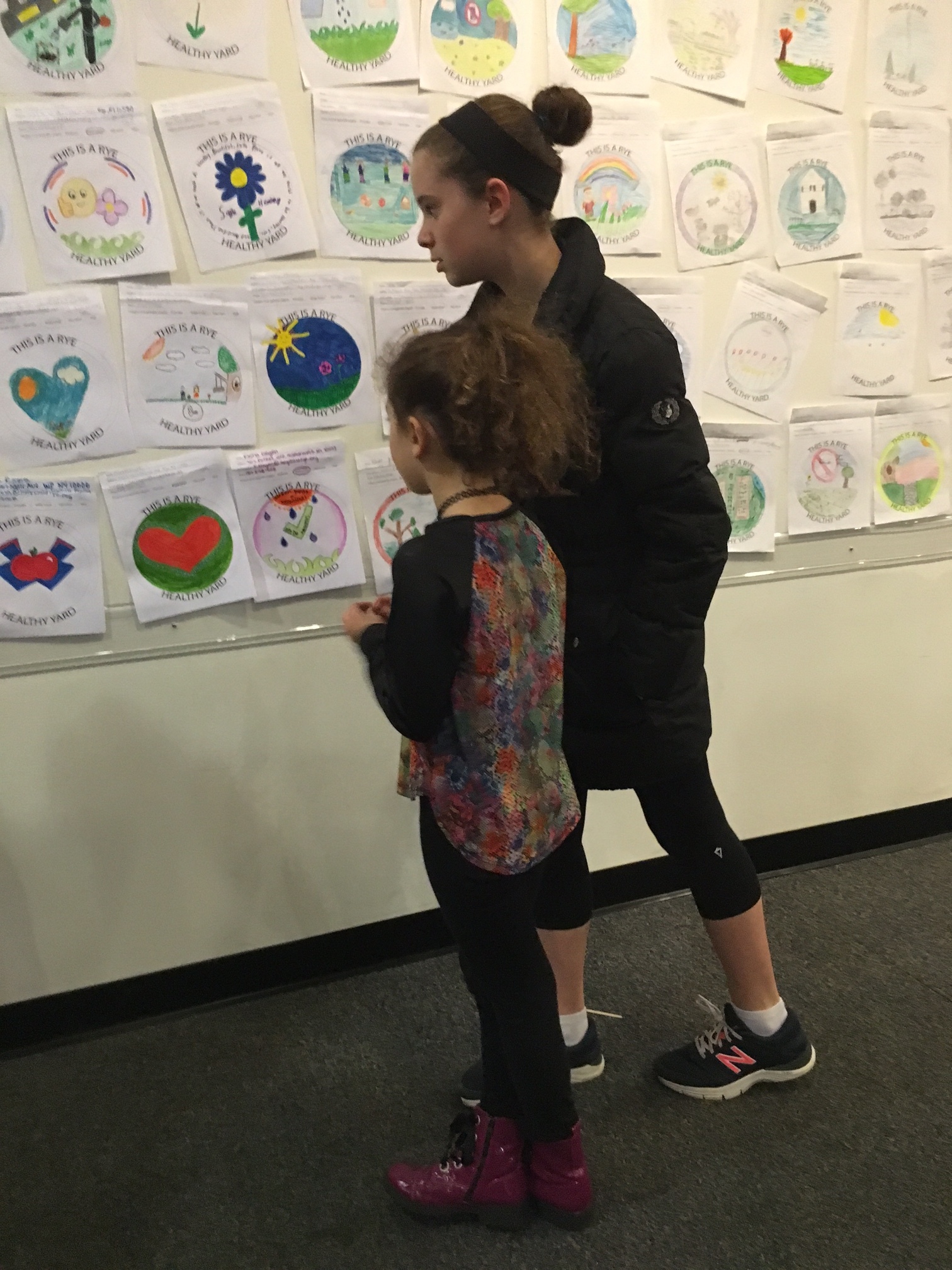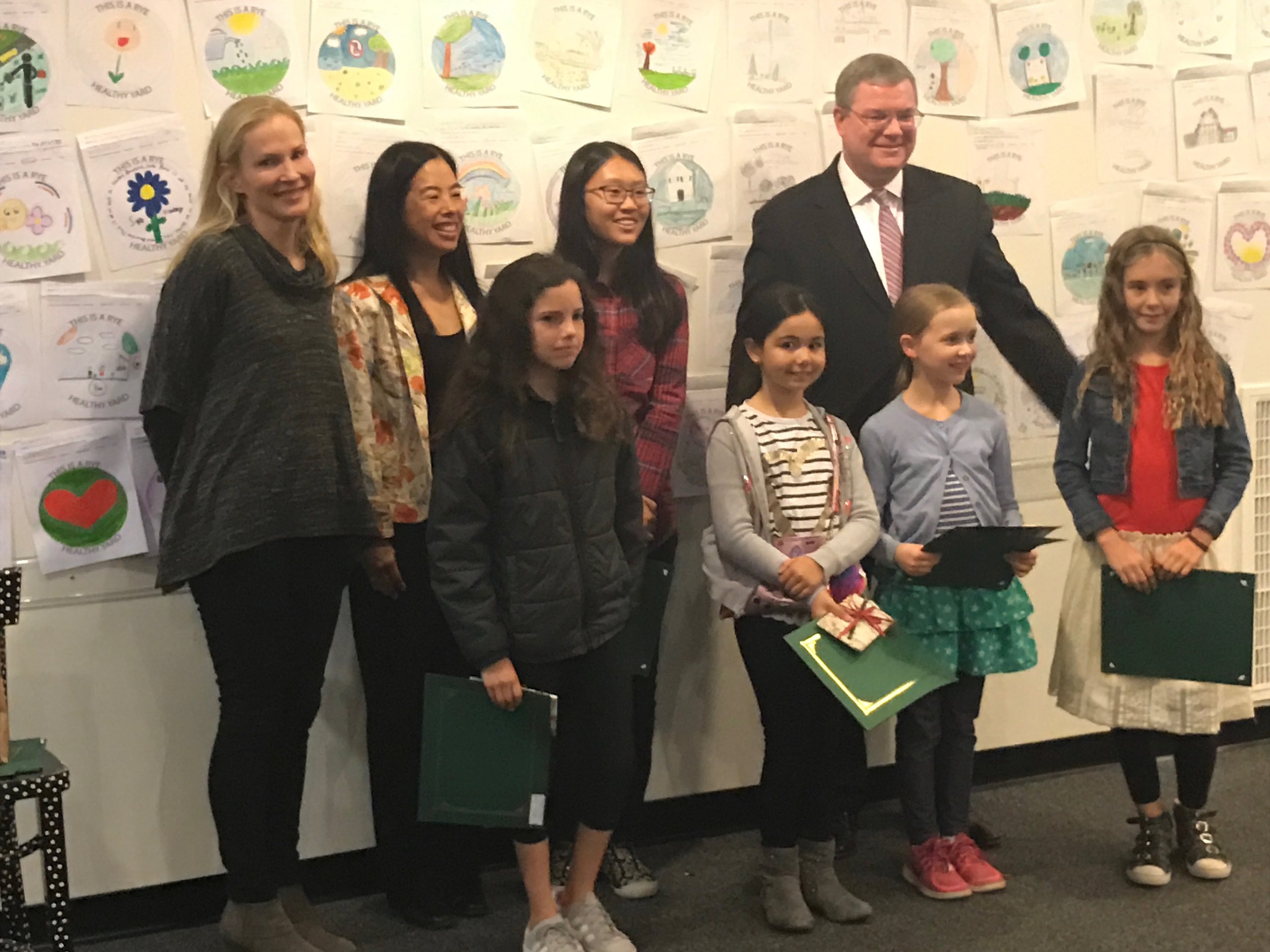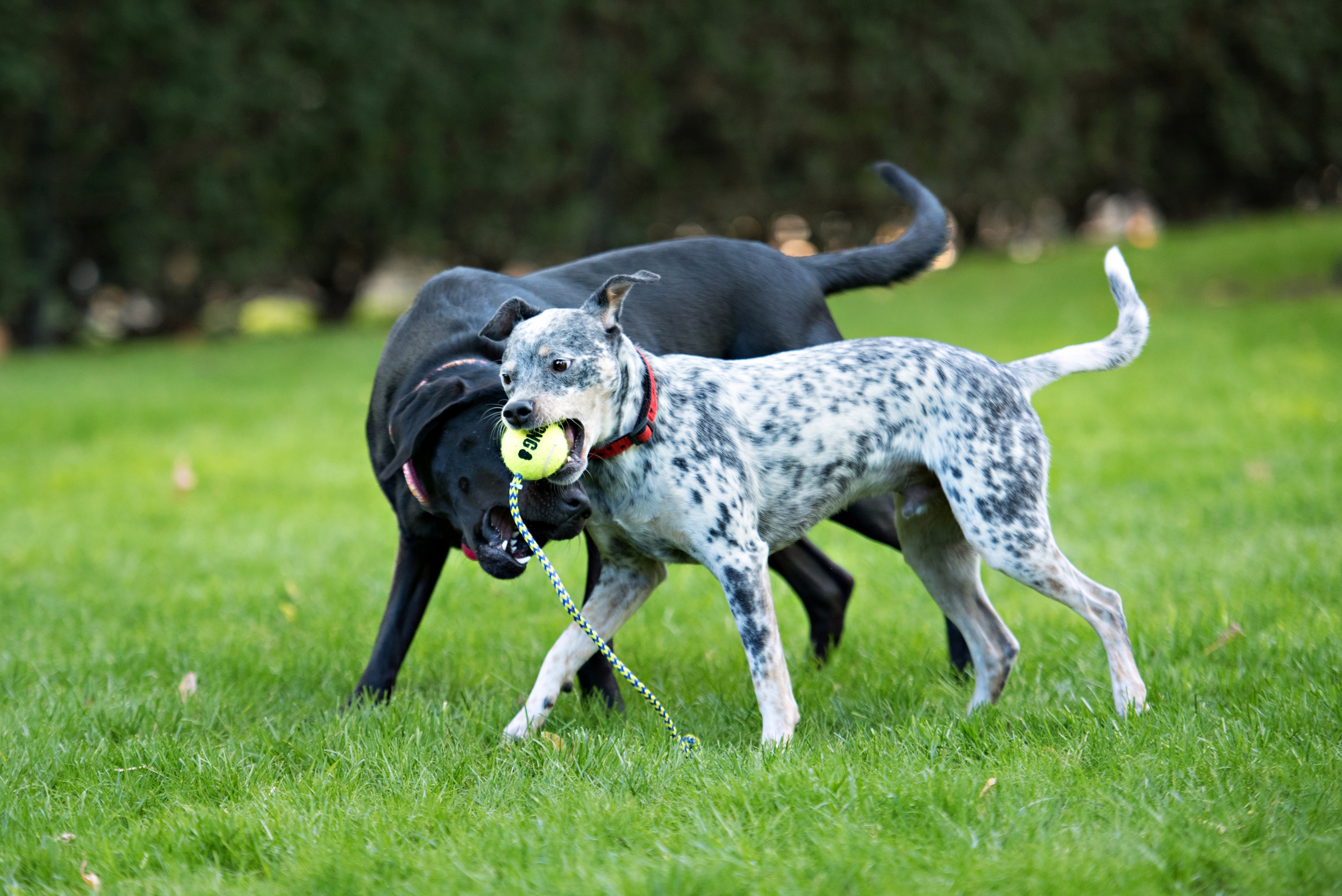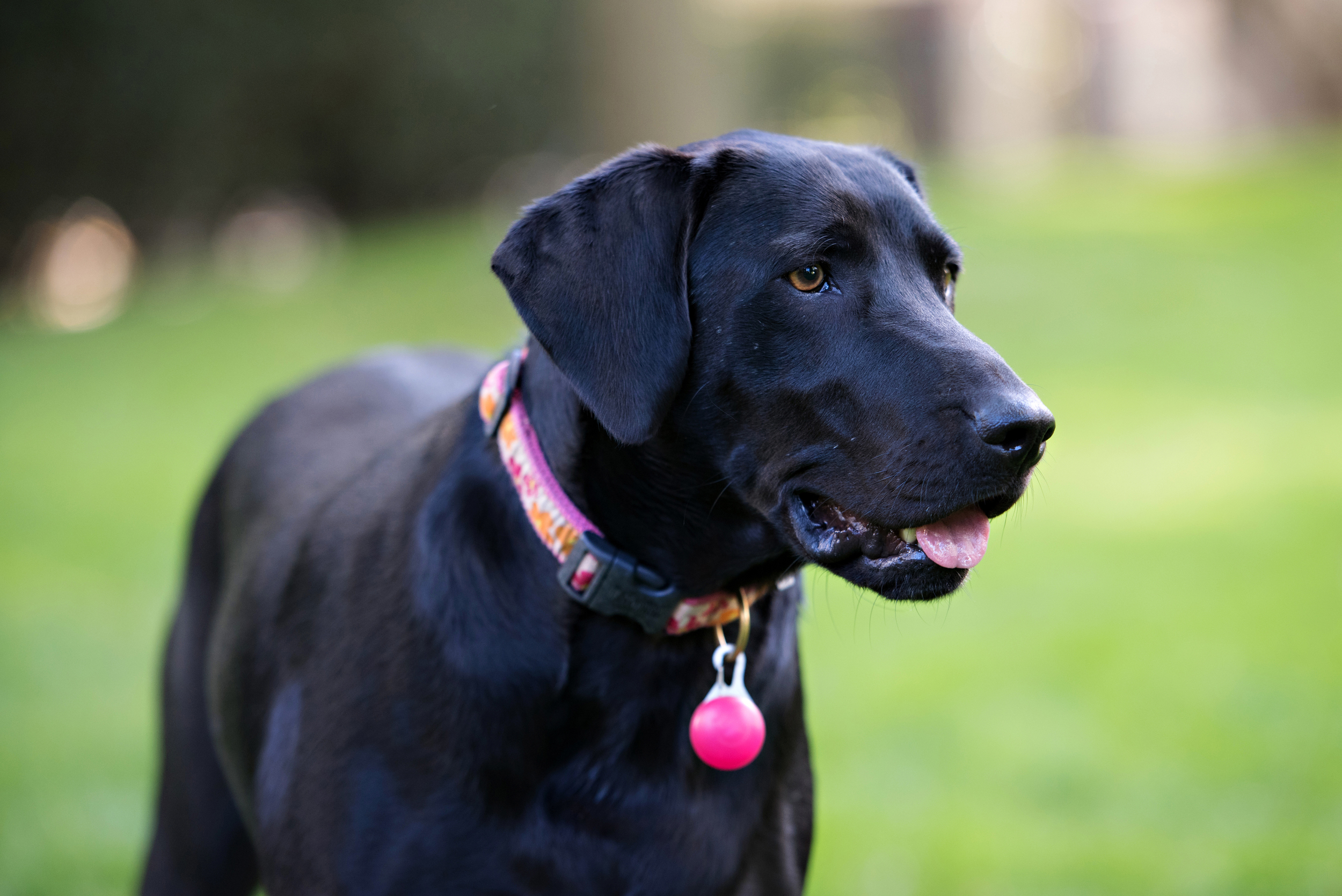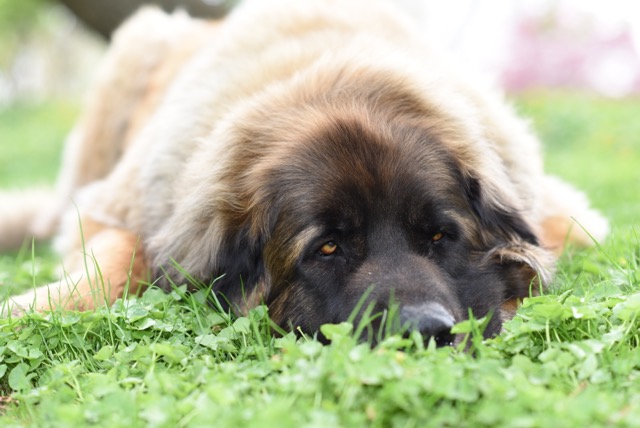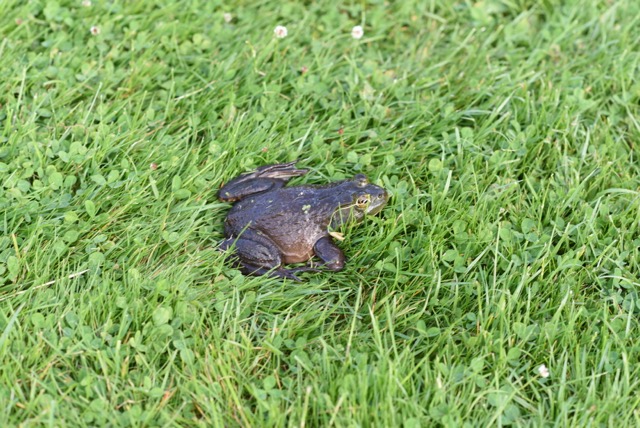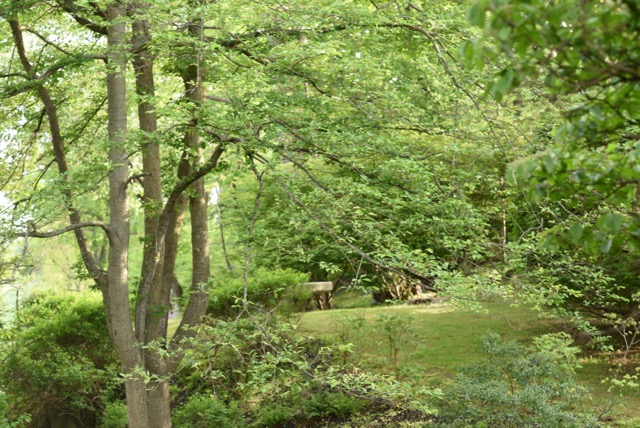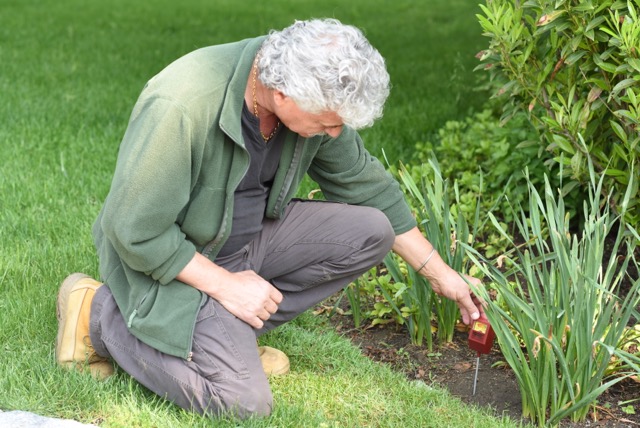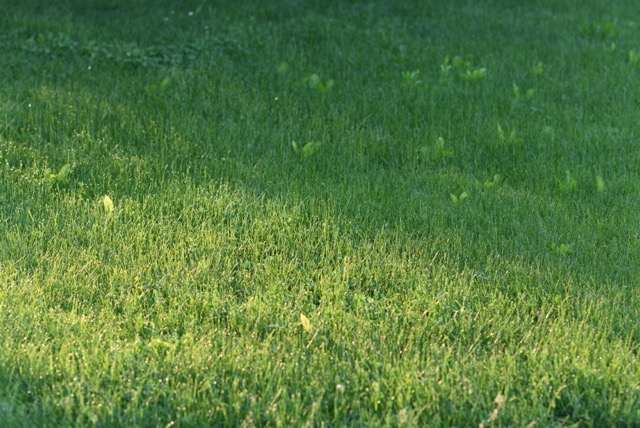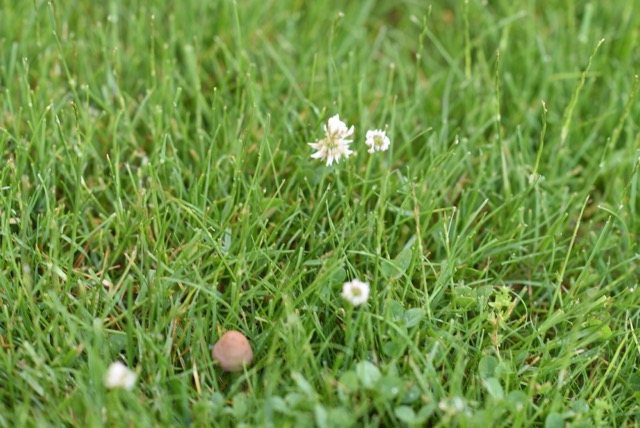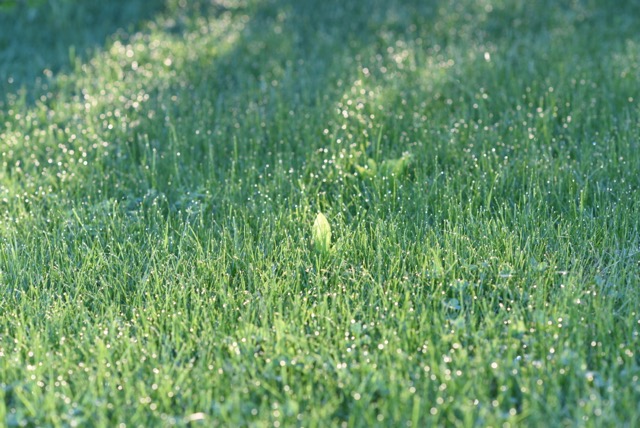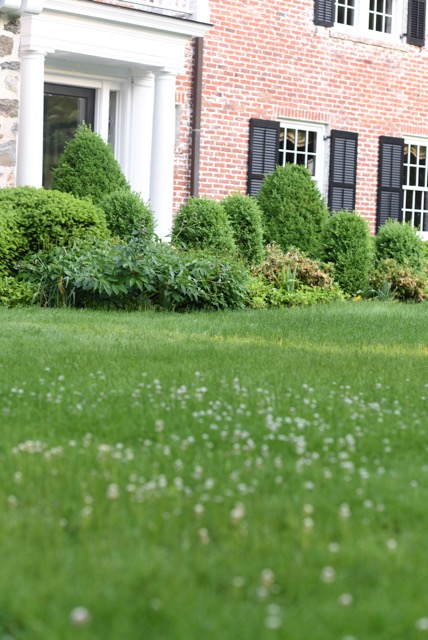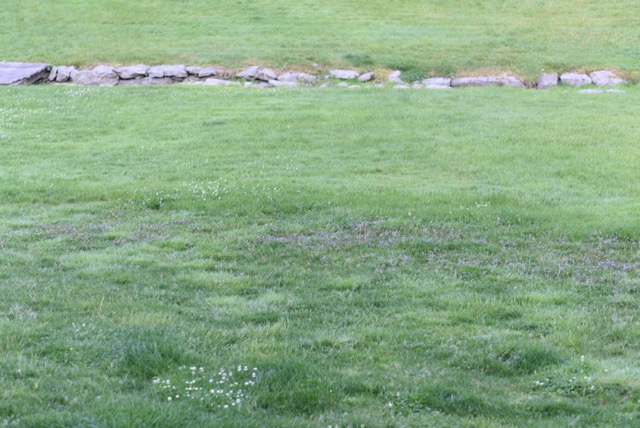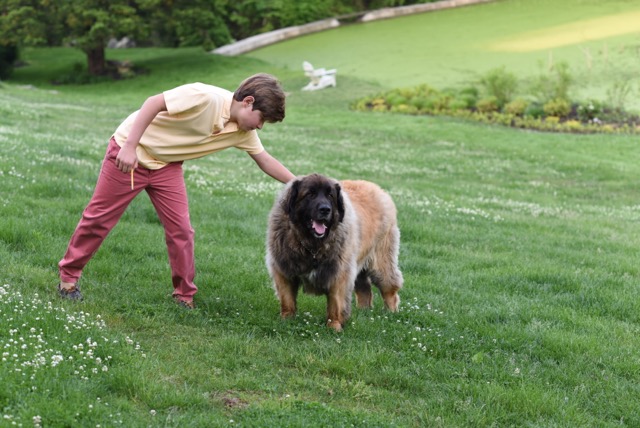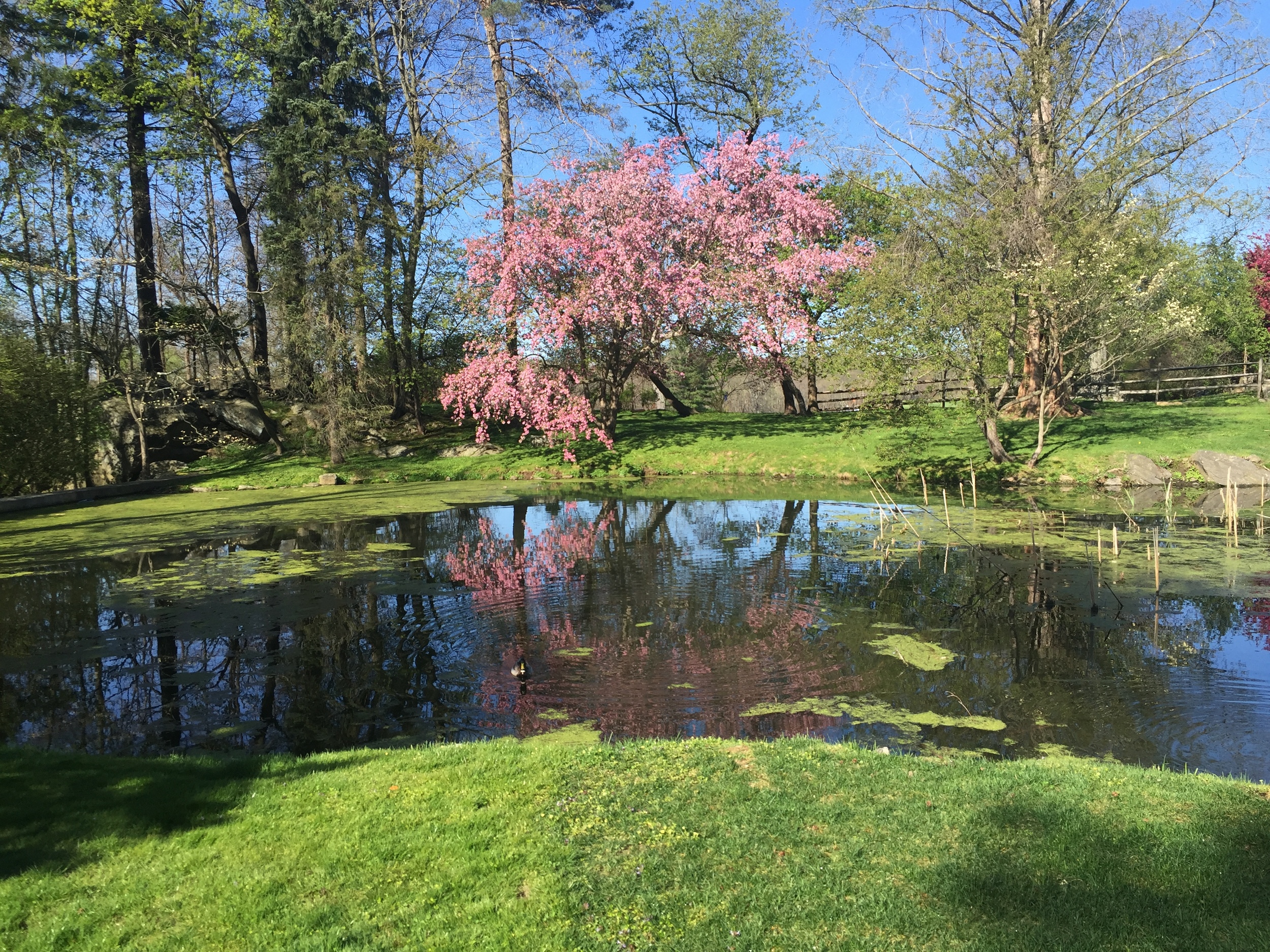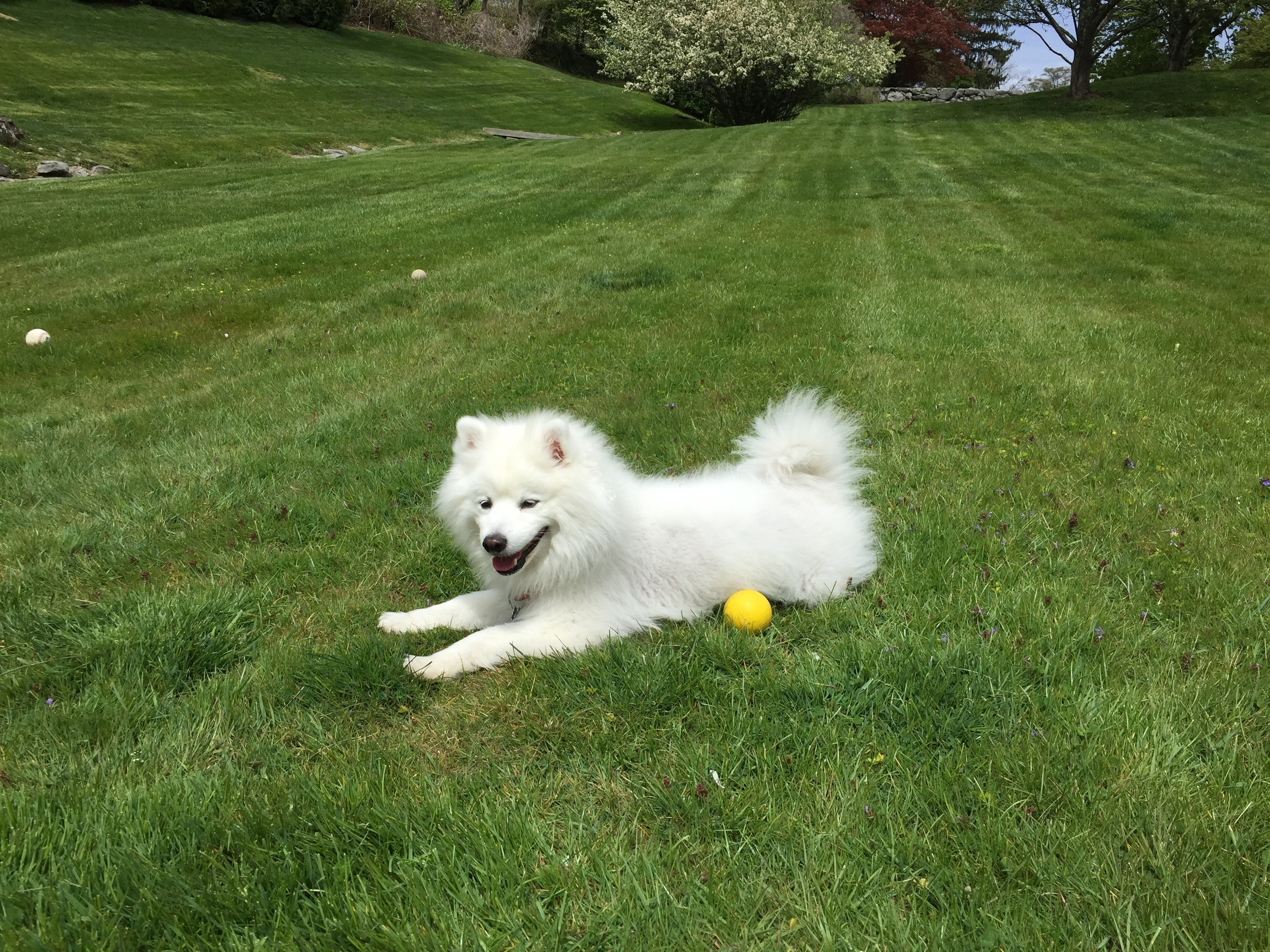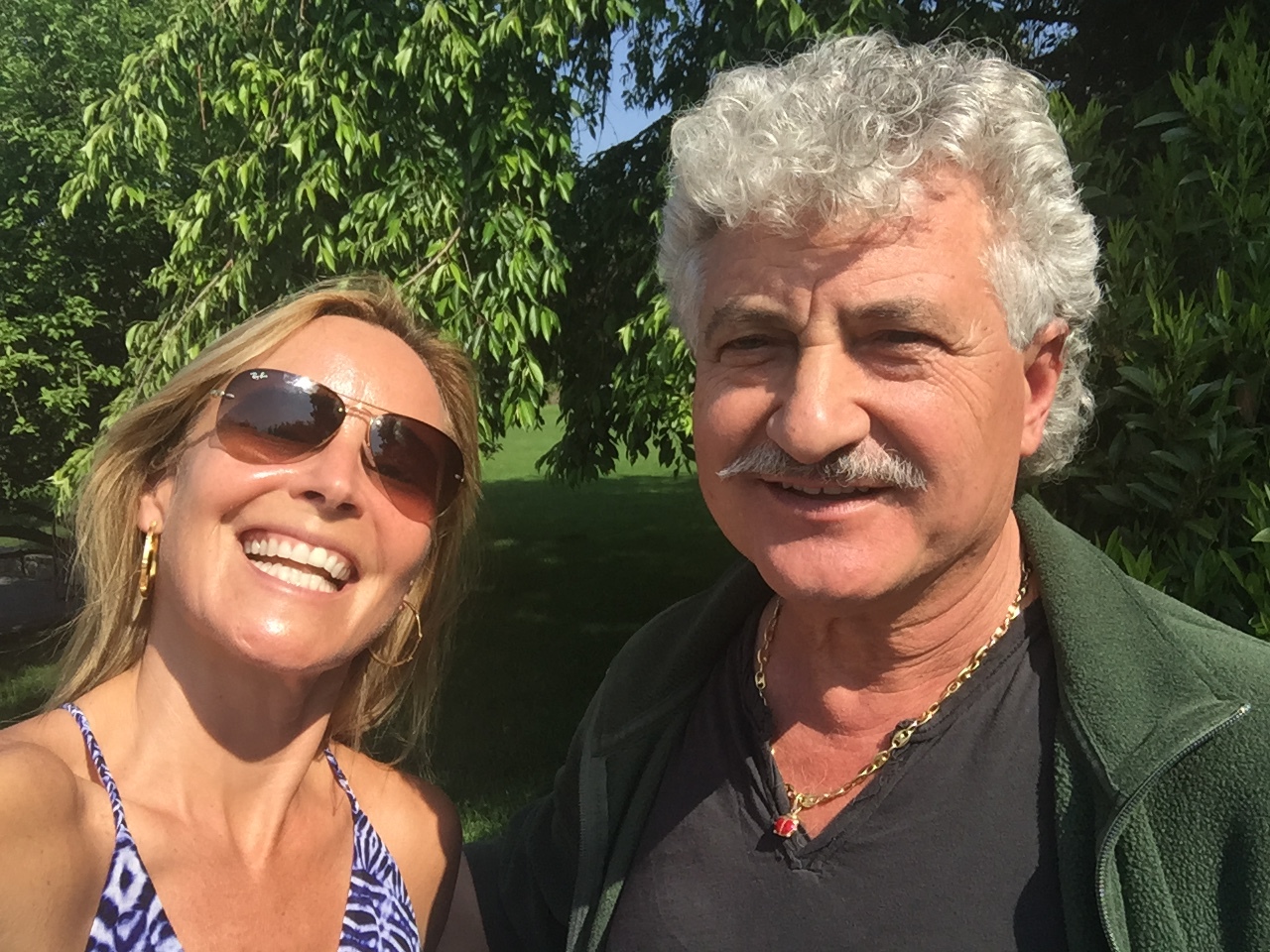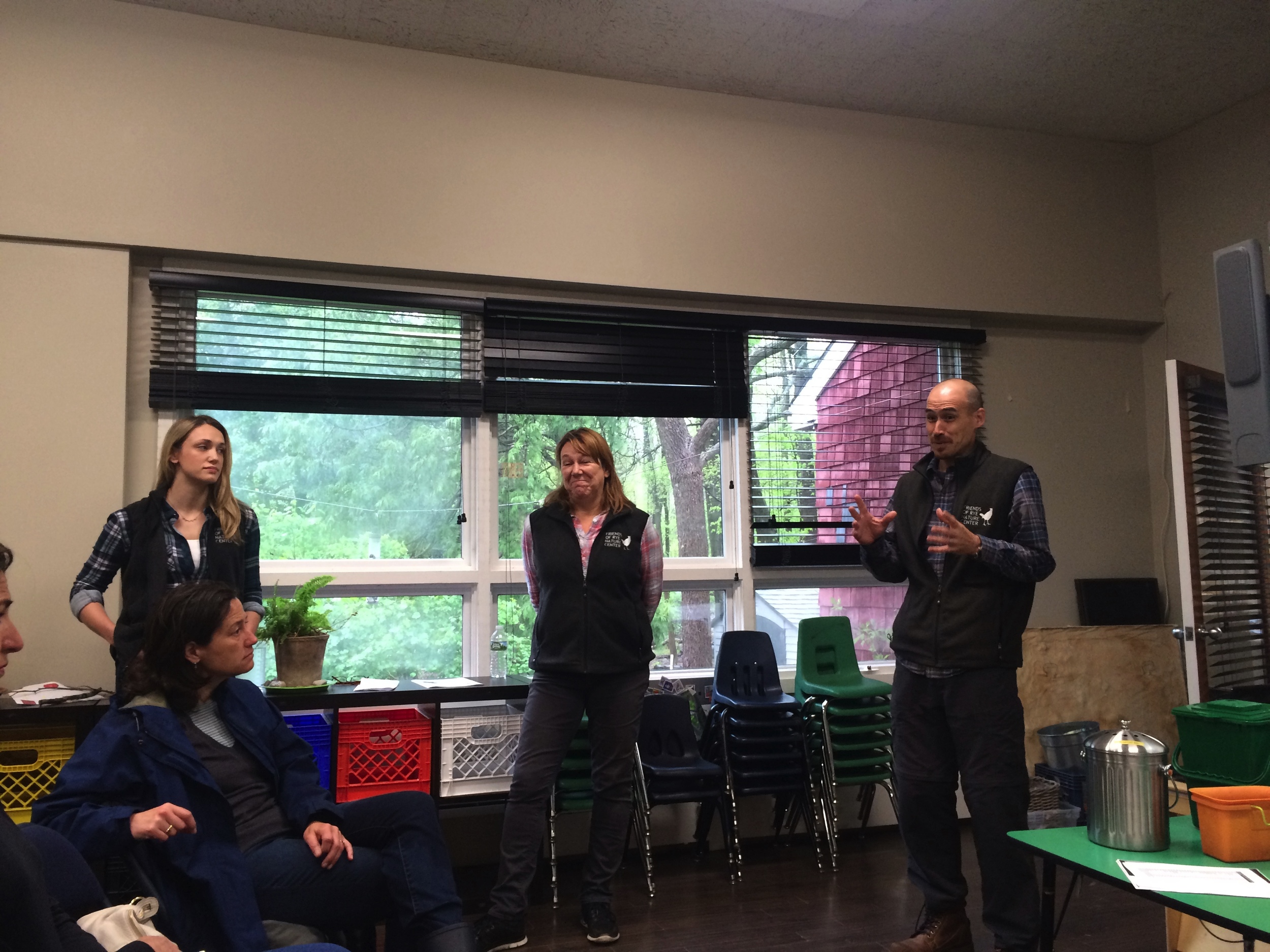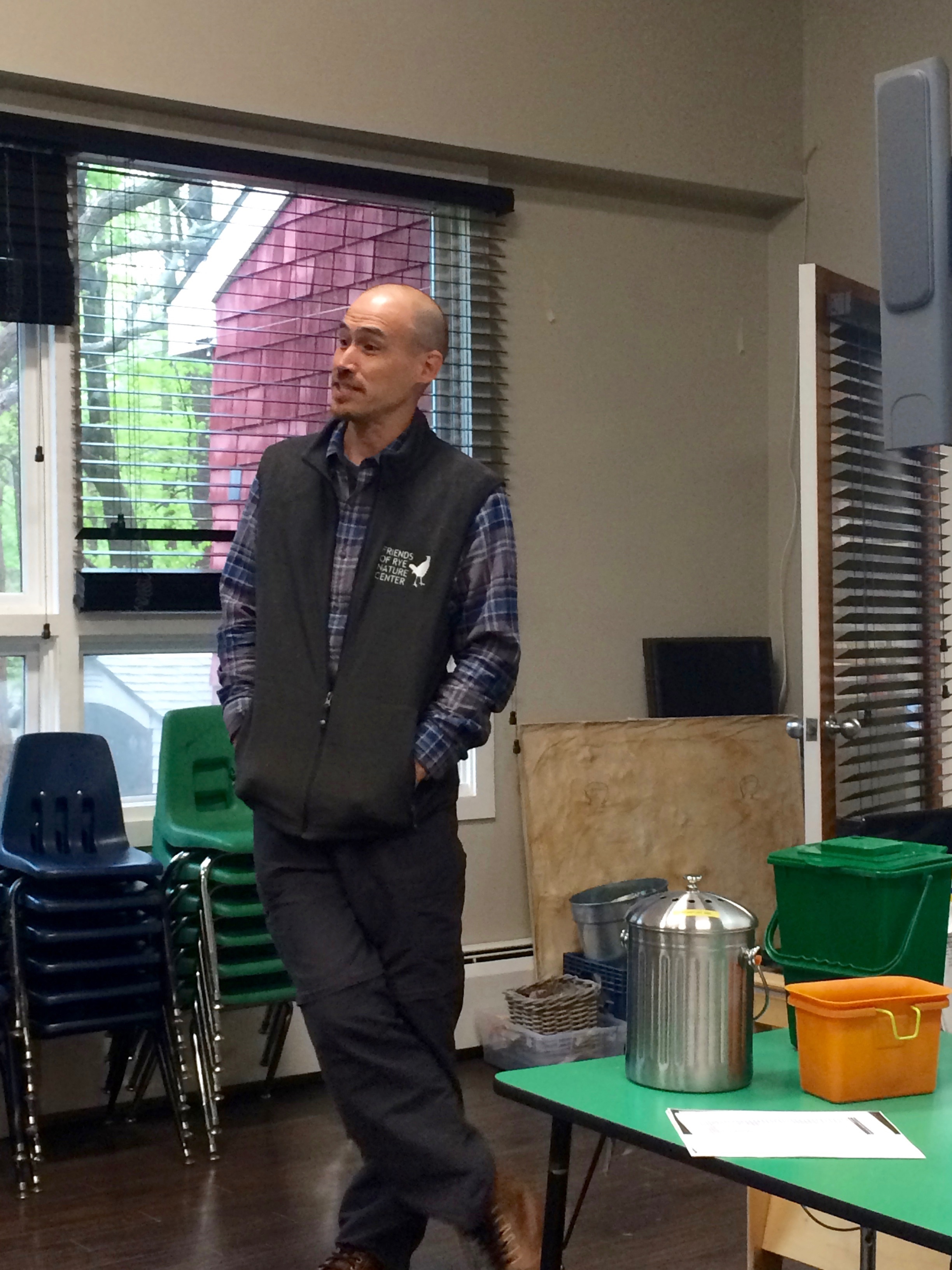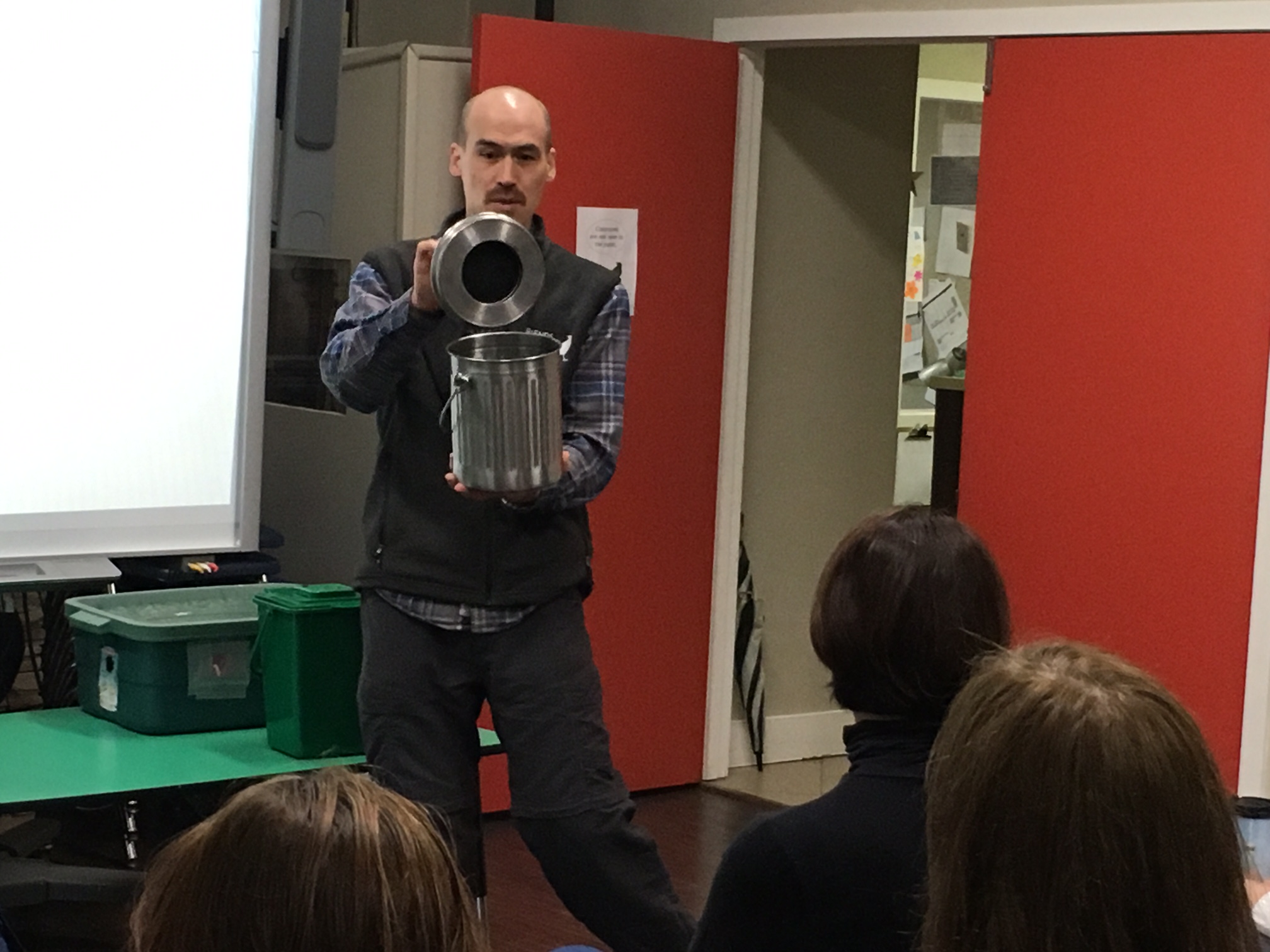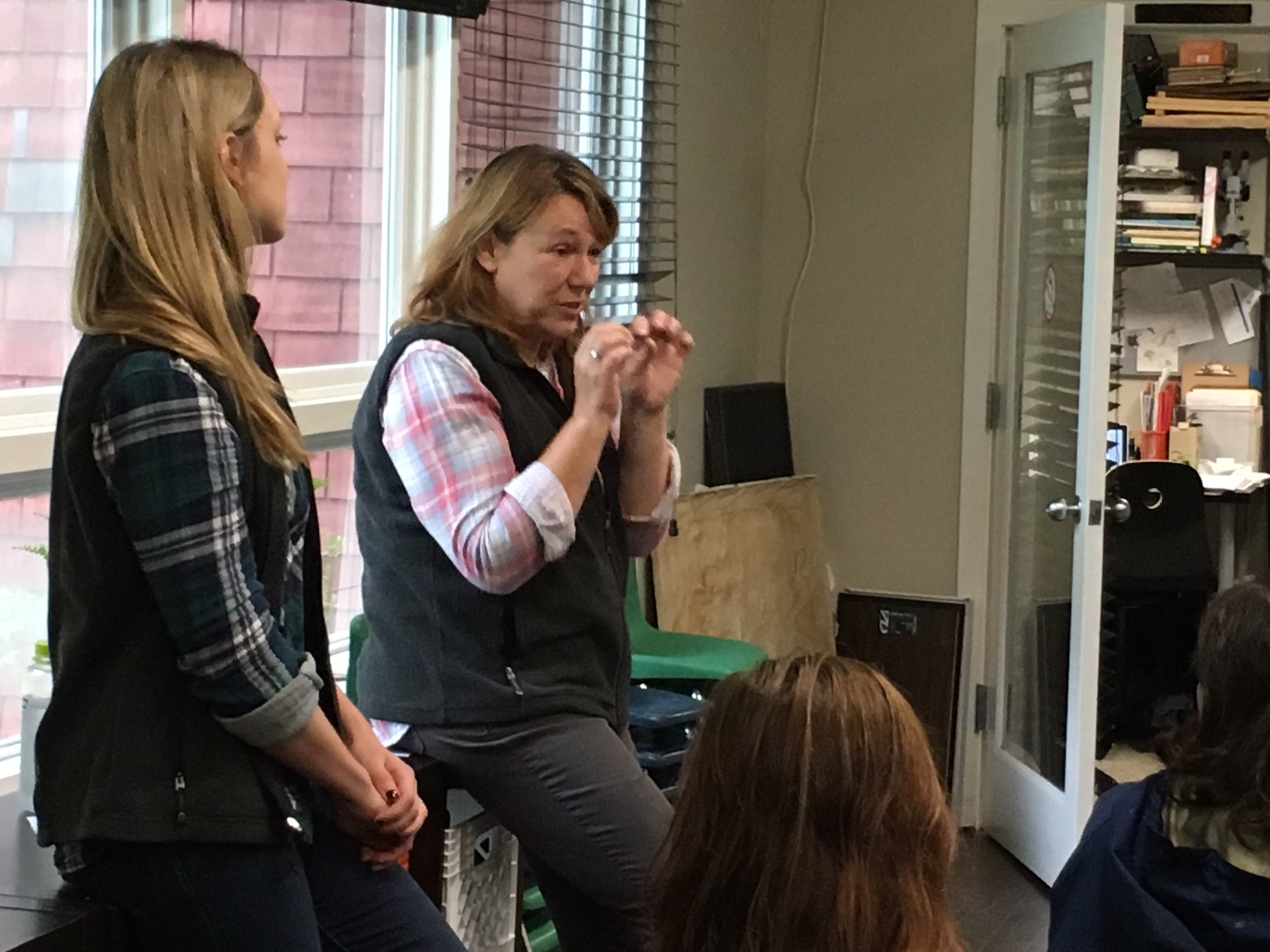Does Organic Lawn Care Cost More Than Conventional?
Beyond Pesticides is a nonprofit organization headquartered in Washington, D.C., which works with allies in protecting public health and the environment to lead the transition to a world free of toxic pesticides. In their Winter 2016 edition of "Pesticides and You" the editors responded to a reader's question that many of us have: "Is organic lawn care more expensive than conventional?" BP's response is reproduced in its entirety below and makes a compelling case for why residents and municipalities that decide to make the switch won't be breaking the bank.
Do you think the City of Rye should adopt healthy landscaping practices for its open spaces? Let us know what you think by taking the very short survey on our Home Page.
Question: I’m trying to work towards safer lawn care practices in my Homeowners Association, but I’ve run into problems with the board and administration that say that it’s too expensive to transition to organic. Do you have any information that could help me make the case that the “cost” of organic lawn care won’t break their bank?
Answer: This is an argument used frequently to dismiss a commonsense change to organic and sustainable lawn care practices. While there is certainly a good amount of information that finds that a transition to safer methods is much cheaper in the long-term, start the conversation by reminding people why eliminating toxic pesticide use is essential in the first place. It is important to remember that the focus of pesticide reform is on public health. While the economic benefits of cosmetic pesticide use are concentrated within the chemical industry, the costs are often borne by individuals, particularly children, pregnant mothers, the chemically sensitive and others with compromised immune and nervous systems. Preventing or reducing the health costs associated with a child-hood disease should be considered a benefit to the community. Given that there have been numerous localities that have successfully implemented organic land care practices, the community should strive to do the same, and act as a leader in the protection of public health, particularly children’s health.
But if an appeal to the greater good doesn’t make an impression, there are some well-respected sources to help you make your case. To start, look at the understanding the state of Connecticut has about organic lawn care. Its Department of Energy and Environmental Protection notes on its website, “If your lawn is currently chemically dependent, initially it may be more expensive to restore it. But in the long term, an organic lawn will actually cost you less money. Once established, an organic lawn uses less water and fertilizers, and requires less labor for mowing and maintenance.” Other respected institutions back up this experience. Harvard University has a long-running lawn care program that was transitioned off of chemicals nearly a decade ago, and the school wisely documented the economics of its transition. Harvard indicates that it was able to reduce irrigation needs by 30%, saving two million gallons of water a year as a result of reduced demand. The school was also spending $35,000 year trucking yard waste off site. Harvard can now use those materials for composting and save an additional $10,000/year due to the decreased cost and need to purchase fertilizer from off-campus sources.
Beyond Pesticides’ Board Member and nationally renowned turfgrass expert Chip Osborne conducted a study several years ago that compares the costs of conventional and organic turf management on school athletic fields. The report concludes that, once established, a natural turf management program can result in savings of greater than 25% compared to a conventional turf program. This report was conducted in 2010, and since then there have been significant improvements in organic-compatible products that help speed organic transitions.
Seeing how cost issues play out at the community level can also be helpful. As part of Reno, Nevada’s pilot pesticide-free parks program, the city estimated that there would be no additional expenses to transition off of pesticide use. City staff stated in a report, “There are no cost implications as staff will implement changes within its adopted budget.” The city estimated it spends approximately 1.4% of total maintenance time applying herbicides, and 4.1% of time using manual or mechanical weed control alternatives. To implement the program, the Park’s Department discontinued herbicide use and began to implement alternative strategies that include the use of organic products, burning, or additional manual or mechanical weed control. The City did not expect the total time spent on weed control to differ as a result of the change in practices.
